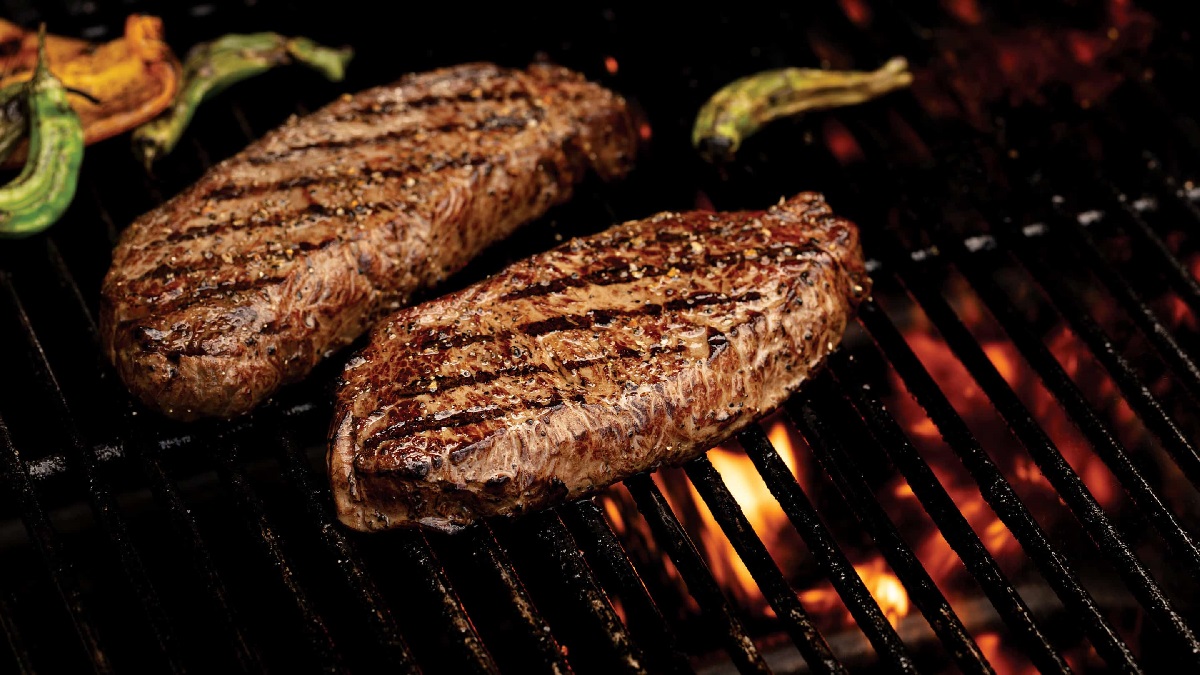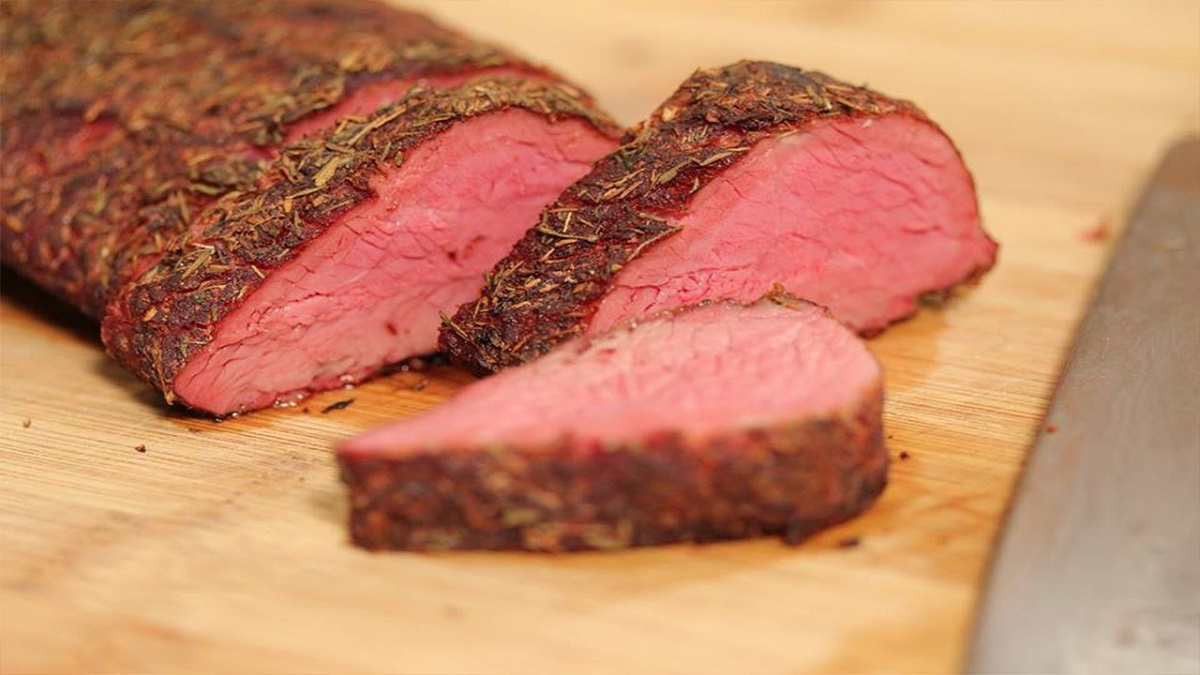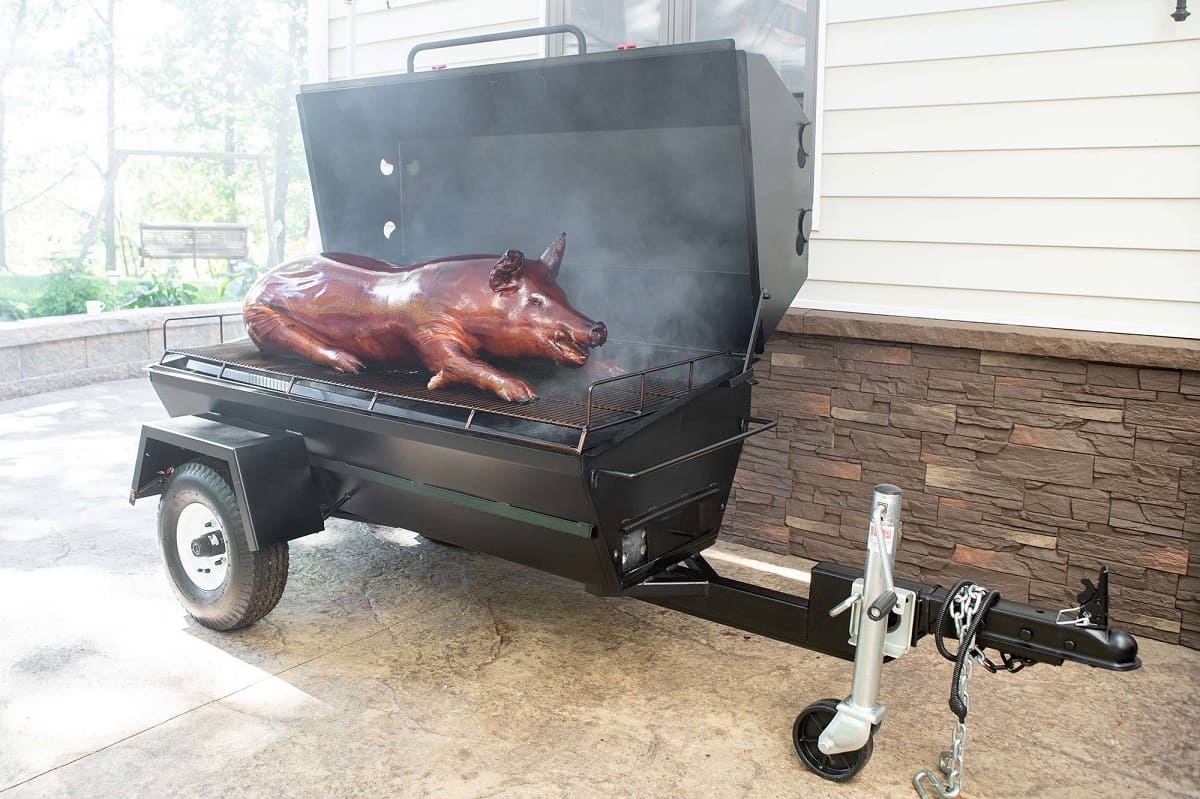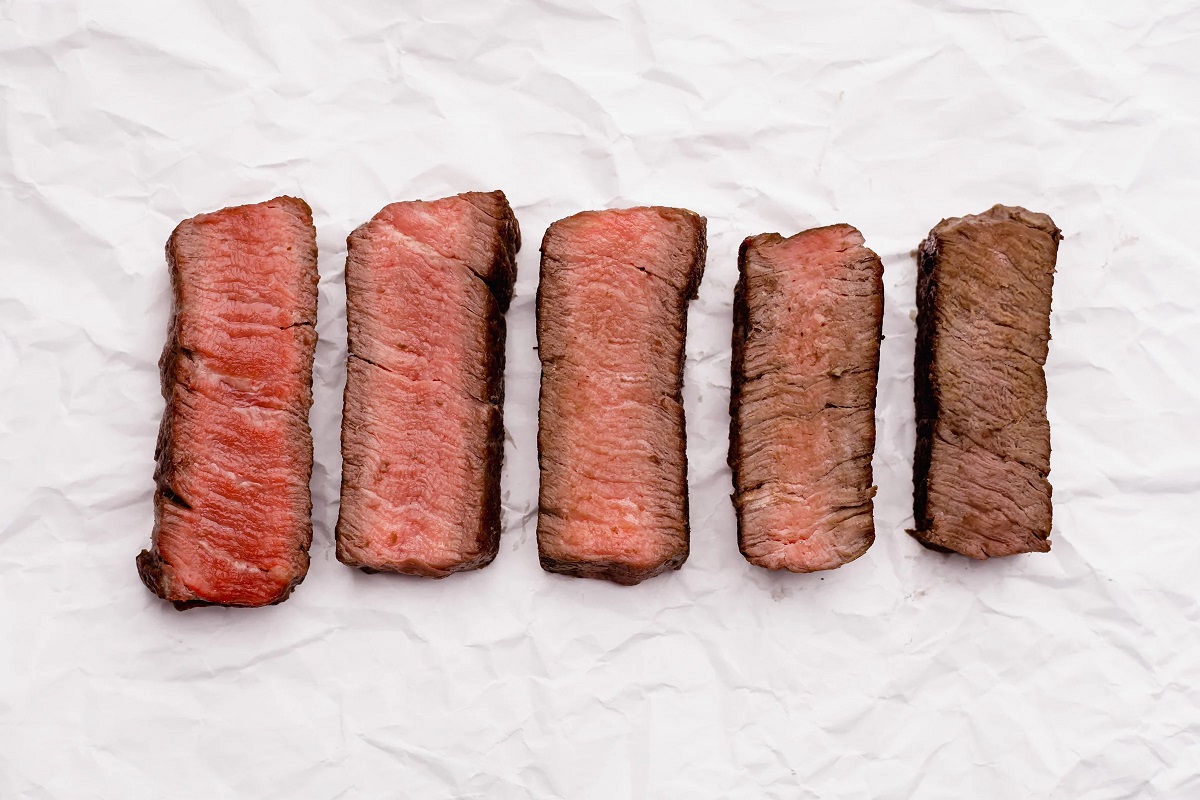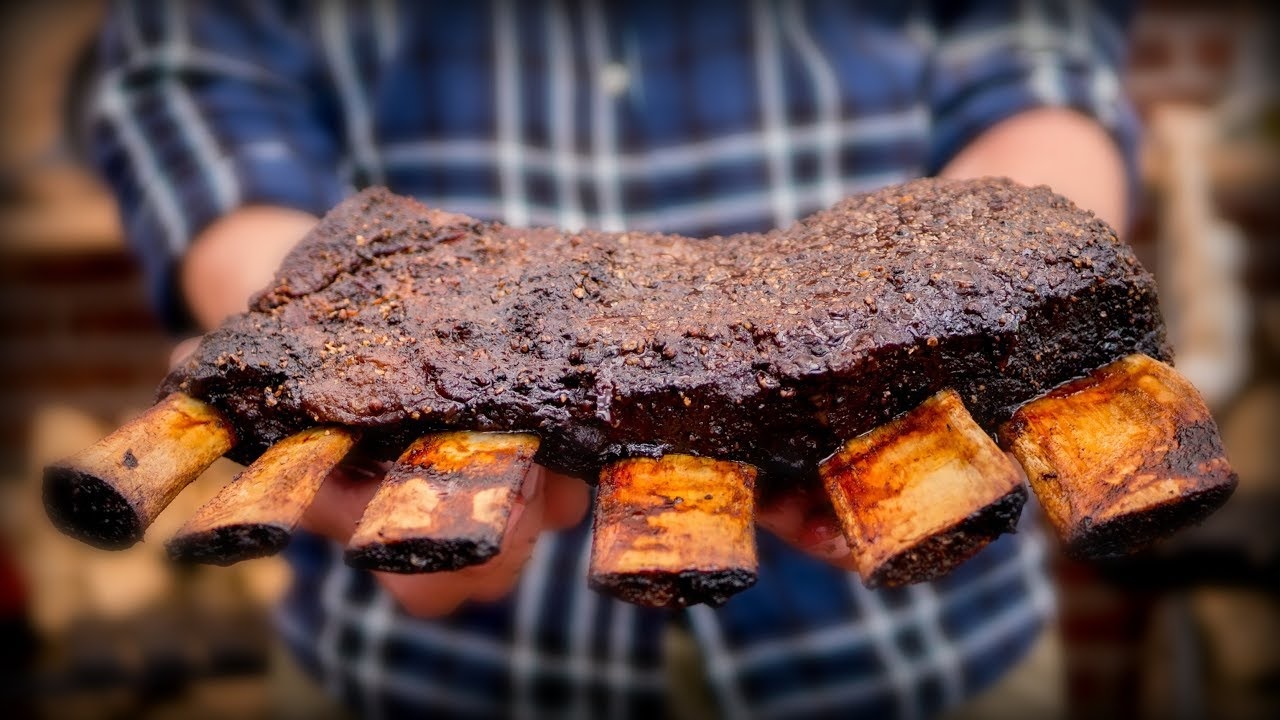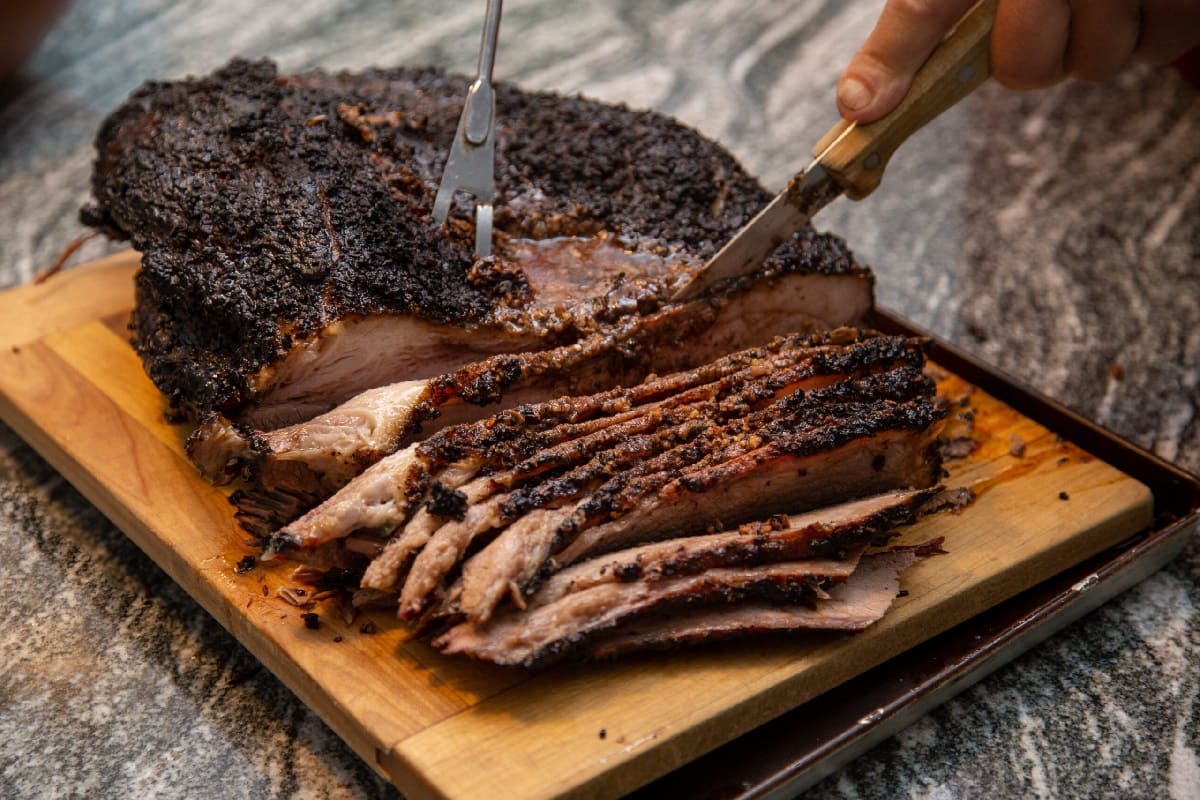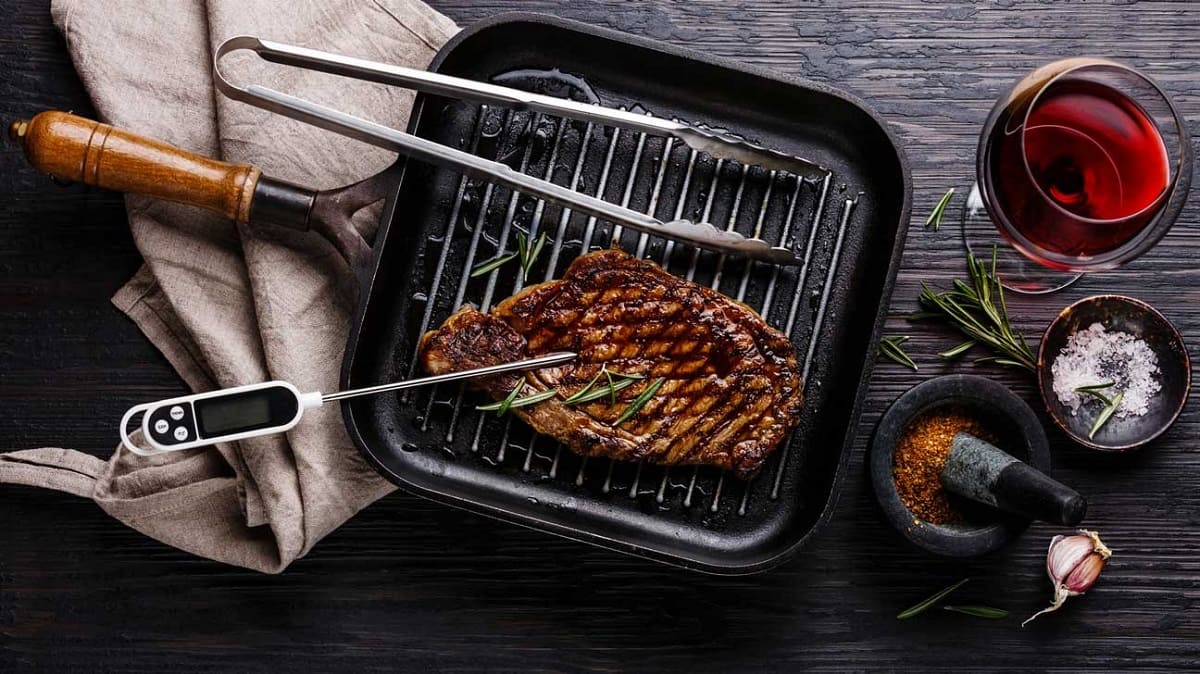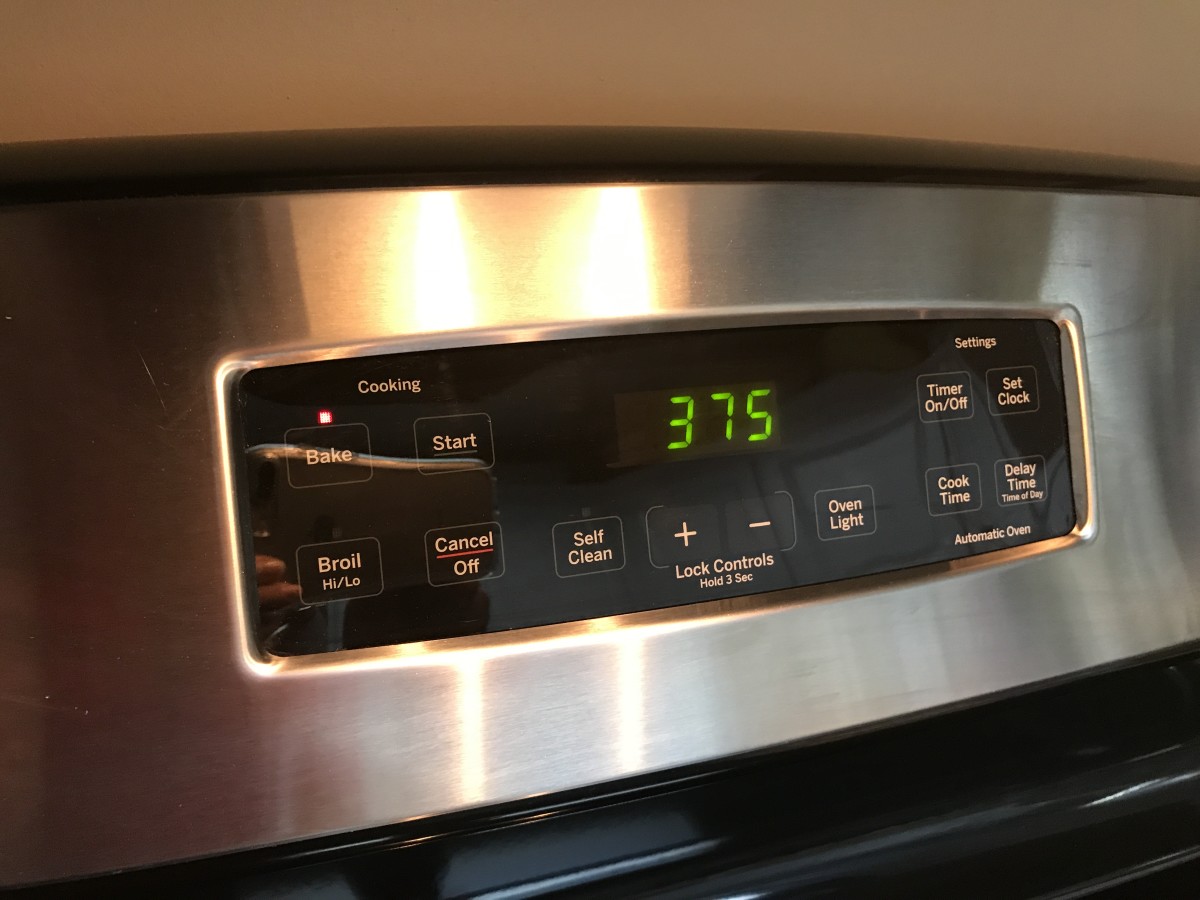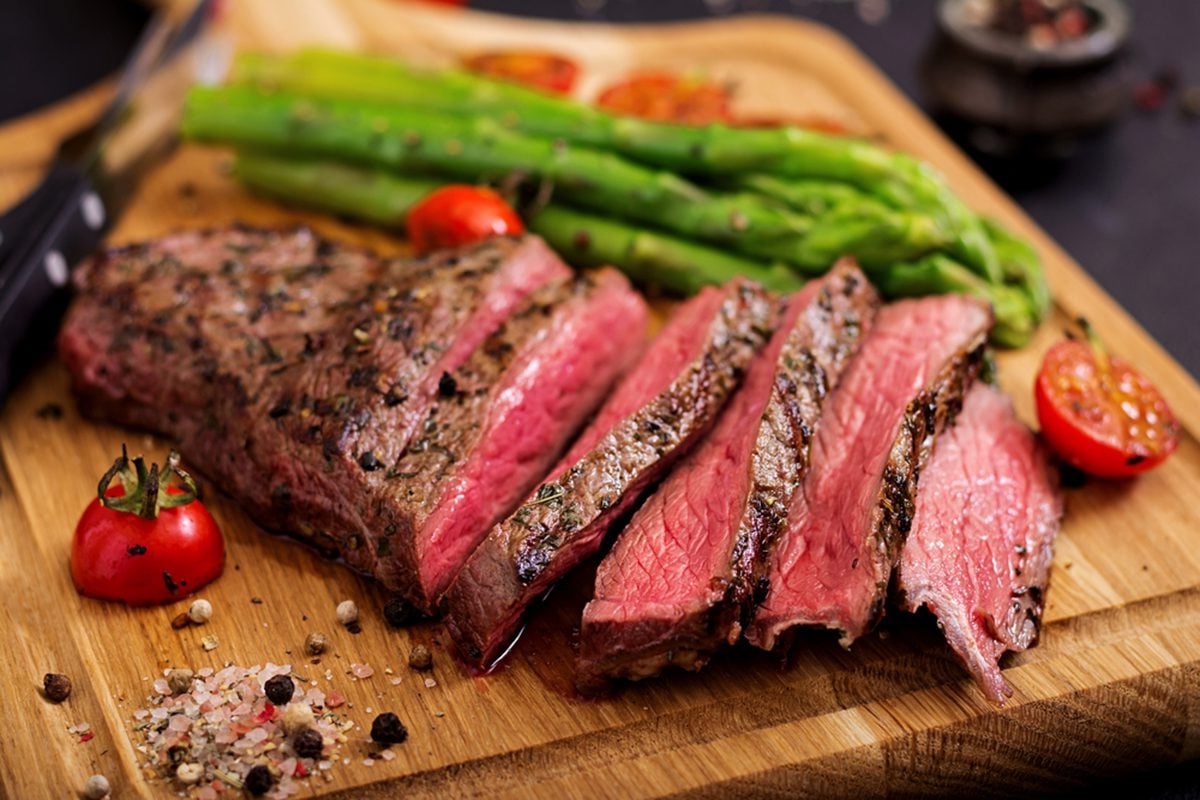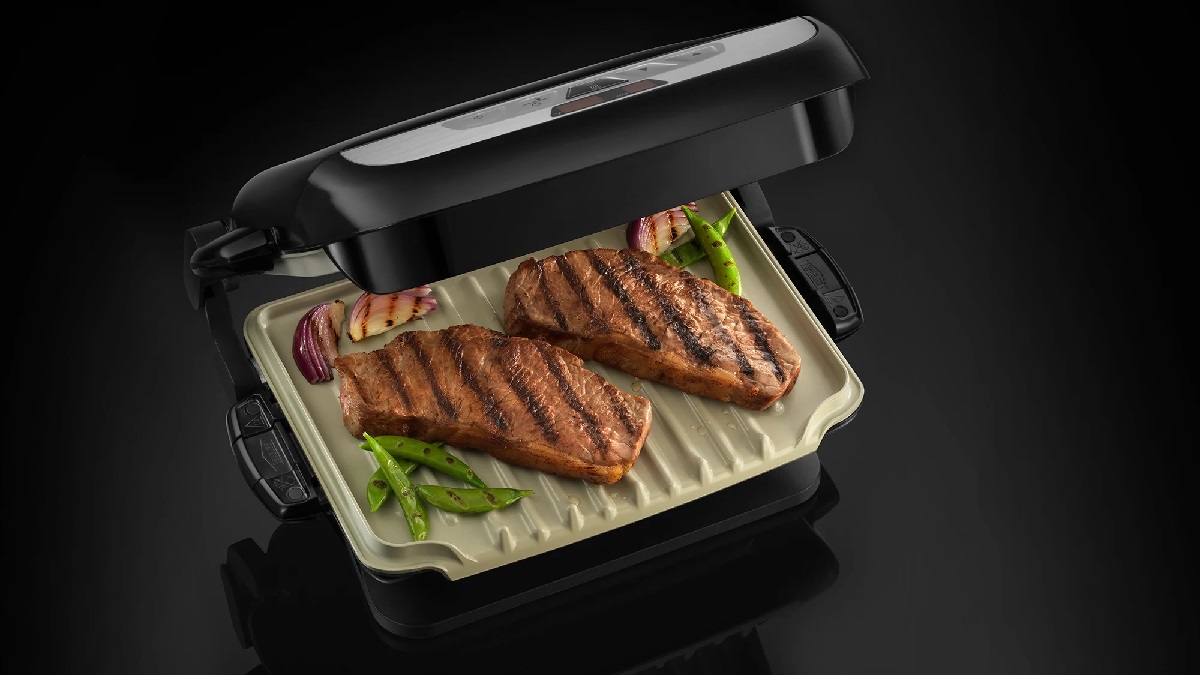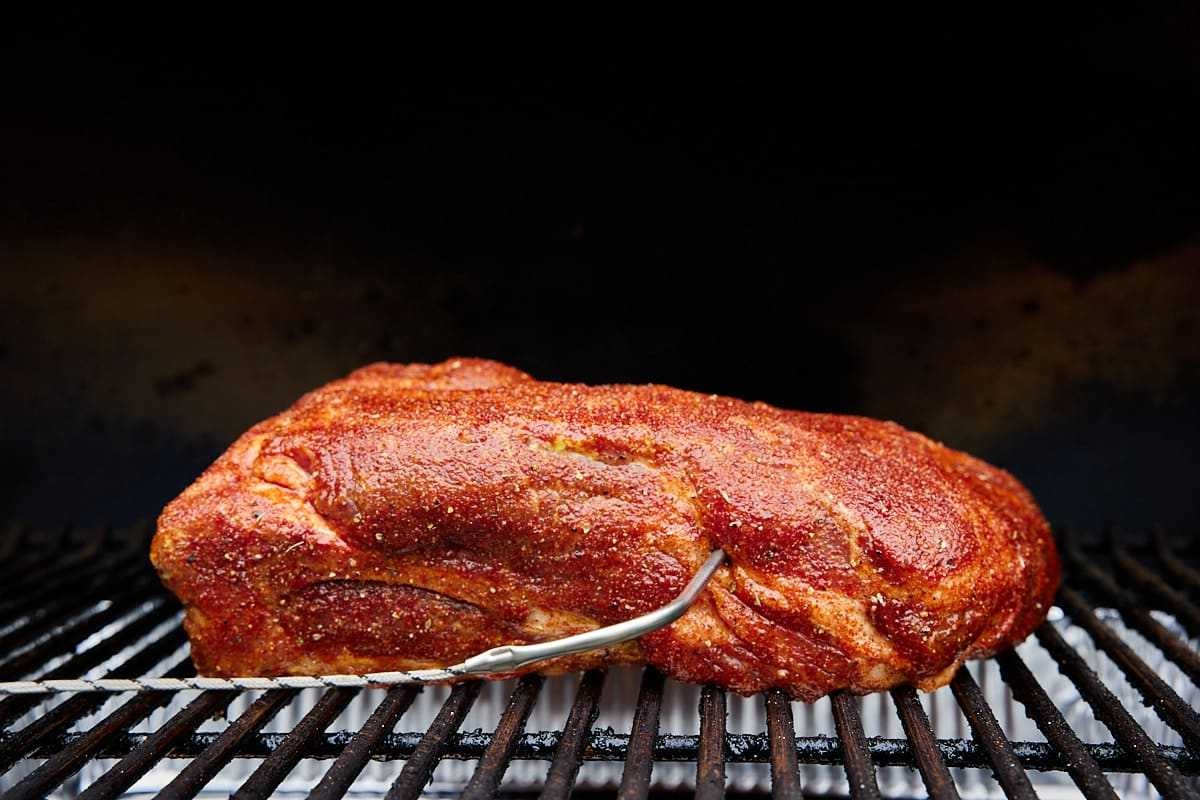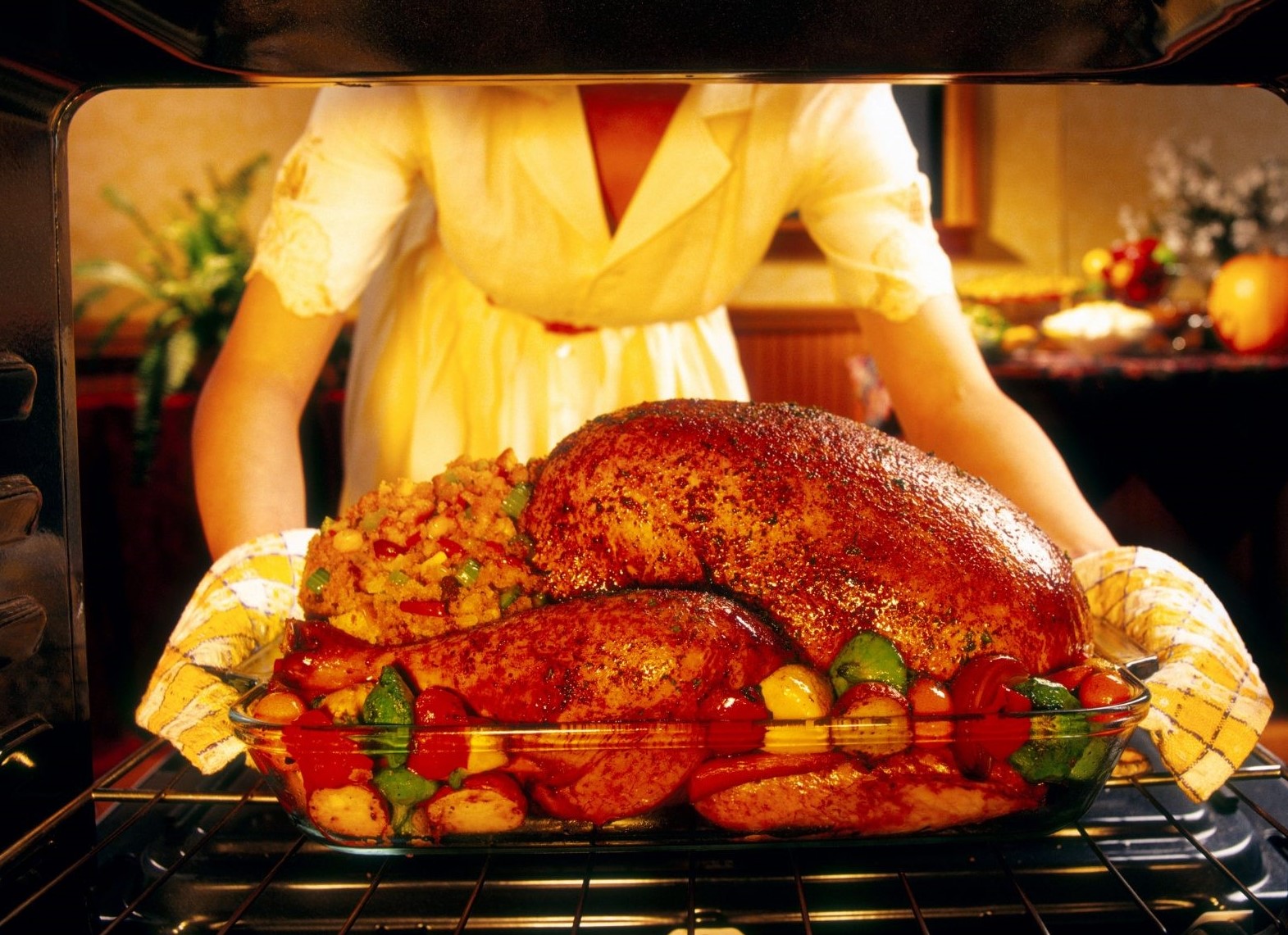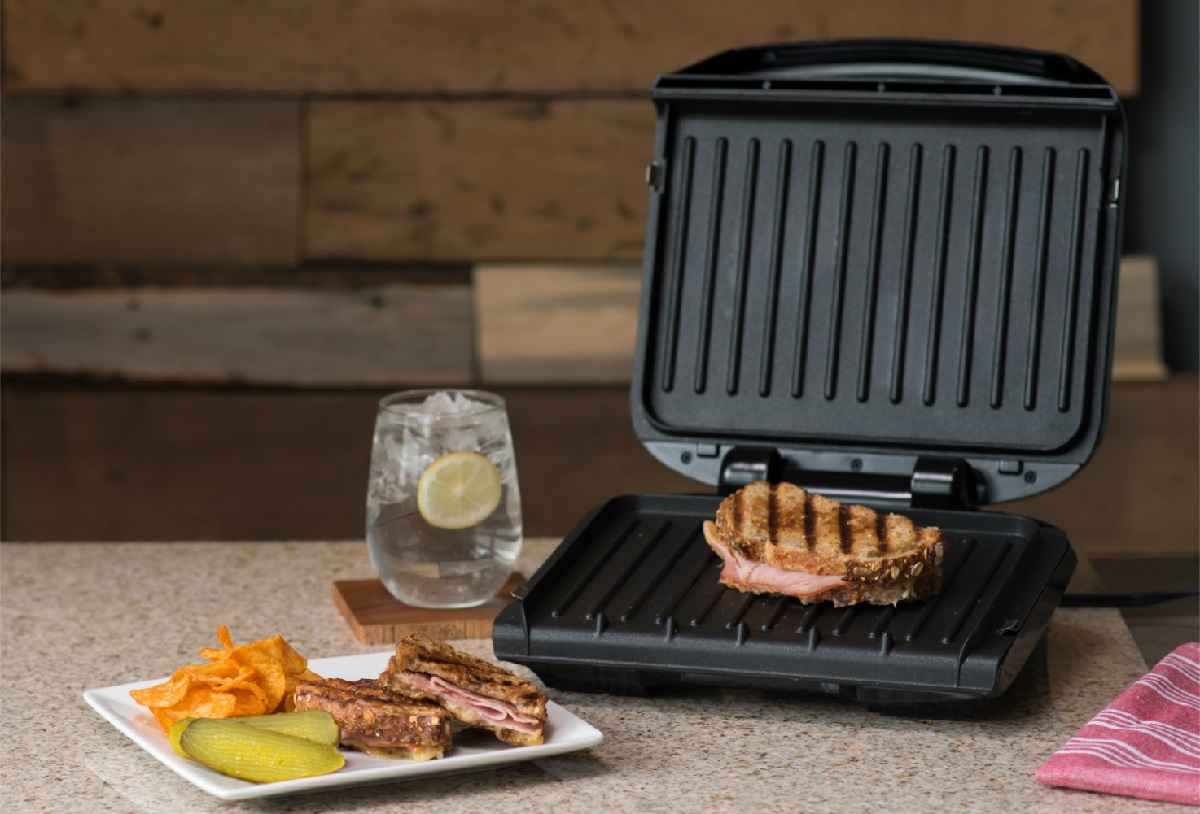Home>Culinary & Beverages>Perfect Turkey Cooking Times For Thanksgiving Dinner
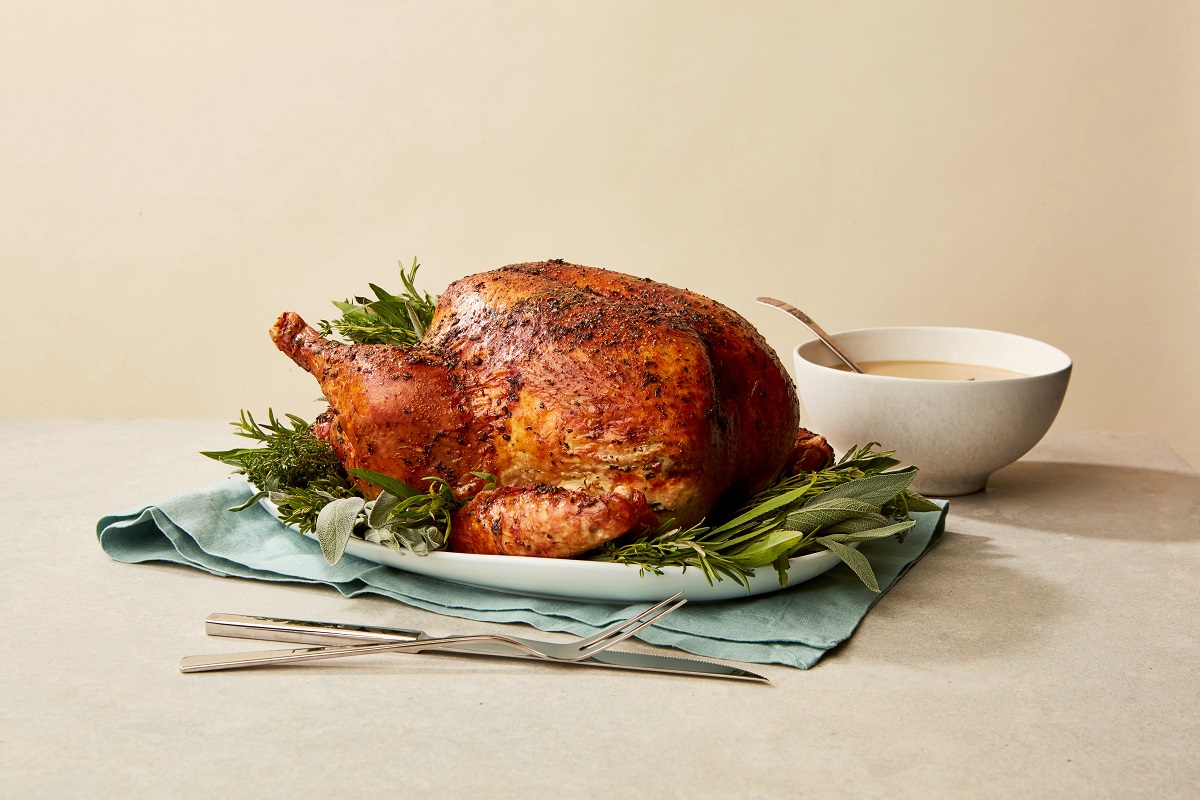

Culinary & Beverages
Perfect Turkey Cooking Times For Thanksgiving Dinner
Published: February 21, 2024
Discover the perfect turkey cooking times for a delicious Thanksgiving dinner. Expert culinary and beverage tips to elevate your holiday feast.
(Many of the links in this article redirect to a specific reviewed product. Your purchase of these products through affiliate links helps to generate commission for Temperatures.com, at no extra cost. Learn more)
Table of Contents
The Importance of Cooking Times
Cooking times play a pivotal role in achieving the perfect roast turkey for your Thanksgiving dinner. The duration for which the turkey is cooked directly impacts its taste, texture, and overall palatability. Understanding the significance of cooking times is essential for ensuring a delectable and safe dining experience for you and your guests.
The cooking time determines the turkey's internal temperature, which is crucial for food safety. Cooking the turkey for the appropriate duration ensures that harmful bacteria, such as salmonella, are effectively eliminated, reducing the risk of foodborne illnesses. Additionally, achieving the ideal cooking time is vital for preserving the turkey's succulence and tenderness. Overcooking can result in dry, tough meat, while undercooking poses health hazards.
Moreover, the cooking time influences the flavor development of the turkey. Allowing the bird to cook for the right duration enables the flavors to meld harmoniously, resulting in a rich and savory taste. The turkey's skin also benefits from the correct cooking time, achieving a golden-brown crispness that enhances both visual appeal and flavor.
Furthermore, mastering the cooking time is essential for creating a well-balanced meal. It ensures that side dishes and accompaniments are ready to be served alongside the perfectly cooked turkey, facilitating a seamless and enjoyable dining experience for everyone gathered around the table.
In essence, understanding and adhering to the recommended cooking times is fundamental for achieving a delectable, safe, and visually appealing roast turkey. It is the cornerstone of a successful Thanksgiving dinner, ensuring that every aspect of the meal comes together harmoniously to create a memorable culinary experience.
Factors Affecting Cooking Times
Several factors influence the cooking times of a turkey, making it essential to consider these variables when preparing this centerpiece of a Thanksgiving feast. Understanding these factors is crucial for achieving a perfectly cooked turkey that is both safe to consume and a delight to savor.
-
Turkey Size: The size of the turkey significantly impacts its cooking time. Larger birds require more time to cook thoroughly, while smaller ones may cook more quickly. It is important to adjust the cooking time based on the turkey's weight to ensure that it is cooked to perfection without being underdone or overdone.
-
Oven Temperature: The temperature at which the turkey is cooked plays a pivotal role in determining the cooking time. A higher oven temperature may result in a shorter cooking time, while a lower temperature will necessitate a longer duration. It is crucial to follow the recommended oven temperature for the specific turkey recipe to achieve the desired results.
-
Fresh vs. Frozen: Whether the turkey is fresh or frozen affects the cooking time. Frozen turkeys require additional time for thawing before they can be cooked, which extends the overall preparation duration. This factor should be considered when planning the cooking schedule for Thanksgiving dinner.
-
Stuffed vs. Unstuffed: The presence of stuffing inside the turkey cavity can impact the cooking time. A stuffed turkey generally requires a longer cooking time compared to an unstuffed one. It is important to adjust the cooking time accordingly to ensure that both the turkey and the stuffing reach the recommended safe internal temperature.
-
Altitude: The altitude at which the turkey is being cooked can affect the cooking time due to variations in air pressure and humidity. At higher altitudes, where the air is thinner, cooking times may need to be adjusted to accommodate these atmospheric differences.
-
Initial Temperature: The starting temperature of the turkey, particularly if it has been refrigerated, can influence the cooking time. Allowing the turkey to come to room temperature before cooking can impact the overall duration required to achieve the desired internal temperature.
Considering these factors when determining the cooking time for a Thanksgiving turkey is essential for ensuring a safe, delicious, and memorable dining experience. By accounting for these variables, cooks can tailor their approach to achieve the perfect roast turkey that will be the highlight of the holiday meal.
Recommended Cooking Times for Different Turkey Sizes
When it comes to preparing a Thanksgiving turkey, understanding the recommended cooking times for different turkey sizes is crucial for achieving a perfectly cooked bird. The cooking time directly correlates with the turkey's weight, and it's essential to follow these guidelines to ensure that the meat is safe to consume and boasts optimal flavor and texture.
For a turkey weighing between 8 to 12 pounds, the recommended cooking time is approximately 2.5 to 3 hours at an oven temperature of 325°F (163°C). This size is ideal for smaller gatherings and offers a balance between cooking time and yield, resulting in tender, juicy meat.
A turkey weighing 12 to 14 pounds requires a slightly longer cooking time, typically around 3 to 3.75 hours at the same oven temperature. This size is well-suited for medium-sized gatherings, offering ample servings of succulent turkey meat to satisfy guests.
For larger gatherings, a turkey weighing 14 to 18 pounds necessitates a cooking time of approximately 3.75 to 4.25 hours. This size provides an impressive centerpiece for the Thanksgiving table, and following the recommended cooking time ensures that the meat is thoroughly cooked while retaining its juiciness and flavor.
When preparing an extra-large turkey weighing 18 to 20 pounds, the cooking time extends to around 4.25 to 4.5 hours. This size caters to sizable gatherings and calls for careful attention to cooking time to achieve a perfectly cooked turkey that will be the highlight of the feast.
For the grandest of Thanksgiving celebrations, a turkey weighing 20 to 24 pounds requires an extended cooking time of approximately 4.5 to 5 hours. This substantial bird offers generous servings of delectable meat and demands meticulous planning to ensure that it is cooked to perfection.
It's important to note that these recommended cooking times serve as a general guide, and factors such as oven temperature, turkey temperature at the start of cooking, and the presence of stuffing should be taken into account when determining the precise cooking duration. Additionally, using a meat thermometer to check the turkey's internal temperature is essential to verify that it has reached the recommended safe level for consumption.
By adhering to the recommended cooking times for different turkey sizes, cooks can confidently prepare a Thanksgiving turkey that is not only safe to eat but also a culinary masterpiece that will be cherished by all who gather around the holiday table.
Tips for Checking Doneness
Ensuring that a Thanksgiving turkey is cooked to perfection involves more than just following recommended cooking times. It is essential to employ reliable methods for checking the turkey's doneness to guarantee that it is safe to consume and boasts the desired texture and flavor. Here are some valuable tips for checking the doneness of a roast turkey:
-
Internal Temperature: The most accurate way to determine the doneness of a turkey is by measuring its internal temperature. The turkey's temperature should reach a minimum of 165°F (74°C) in the innermost part of the thigh, the thickest part of the breast, and the stuffing (if applicable). Using a meat thermometer is indispensable for obtaining precise readings and ensuring that the turkey has reached the recommended safe temperature.
-
Visual Cues: Visual indicators can also provide valuable insights into the turkey's doneness. A fully cooked turkey exhibits golden-brown skin, and the meat should appear opaque with juices running clear. Additionally, the legs should move easily, and the drumsticks should feel tender when pressed.
-
Joint Flexibility: Another method for assessing the turkey's doneness is by checking the flexibility of the joints. The turkey is likely done when the leg joints move freely, and the wings can be easily twisted or lifted.
-
Color of Juices: When using a meat thermometer is not feasible, the color of the turkey's juices can offer a rough indication of doneness. If the juices run clear when the turkey is pierced at the thigh joint, it is a sign that the bird may be fully cooked.
-
Resting Period: Allowing the turkey to rest after removing it from the oven is crucial for ensuring that it reaches its final doneness. During this resting period, the residual heat continues to cook the turkey while the juices redistribute, resulting in a uniformly moist and flavorful bird.
By employing these tips for checking the doneness of a Thanksgiving turkey, cooks can confidently ascertain that the bird is thoroughly cooked, safe to consume, and a culinary delight that will be the centerpiece of a memorable holiday feast.
Adjusting Cooking Times for Stuffed Turkeys
Cooking a stuffed turkey requires careful consideration of the additional time needed to ensure that both the turkey and the stuffing reach the recommended safe internal temperature. The presence of stuffing inside the turkey cavity affects the overall cooking process, necessitating adjustments to the cooking time to guarantee a thoroughly cooked and safe-to-eat holiday centerpiece.
When preparing a stuffed turkey, it is essential to account for the extra time required for the stuffing to reach a safe temperature. The U.S. Department of Agriculture (USDA) recommends cooking the stuffed turkey until the stuffing reaches an internal temperature of 165°F (74°C), which is the same temperature required for the turkey itself. This means that the turkey must remain in the oven for a longer duration to ensure that both the meat and the stuffing are fully cooked.
To adjust the cooking time for a stuffed turkey, it is generally recommended to increase the total roasting time by approximately 30 to 50 minutes compared to an unstuffed turkey of the same weight. This additional time allows for the thorough cooking of the stuffing while ensuring that the turkey meat remains tender and succulent. However, it is important to note that the exact adjustment may vary based on the specific recipe, oven temperature, and the type and amount of stuffing used.
When determining the cooking time for a stuffed turkey, it is crucial to monitor the internal temperature of both the turkey and the stuffing using a meat thermometer. This ensures that both components reach the recommended safe temperature, minimizing the risk of foodborne illnesses associated with undercooked poultry and stuffing. By regularly checking the internal temperature, cooks can make informed decisions about extending the cooking time as needed to achieve the desired level of doneness.
Additionally, when adjusting the cooking time for a stuffed turkey, it is important to consider the potential impact on the turkey's texture and flavor. While the extended cooking time is necessary for ensuring food safety, it is essential to employ techniques to prevent the turkey from becoming dry or overcooked. This may involve basting the turkey at intervals during the extended cooking time or using methods to retain moisture, such as covering the bird with foil for a portion of the roasting process.
By carefully adjusting the cooking time for stuffed turkeys and diligently monitoring the internal temperatures, cooks can confidently prepare a delectable holiday centerpiece that is not only safe to consume but also a culinary masterpiece that will be cherished by all who gather around the Thanksgiving table.
